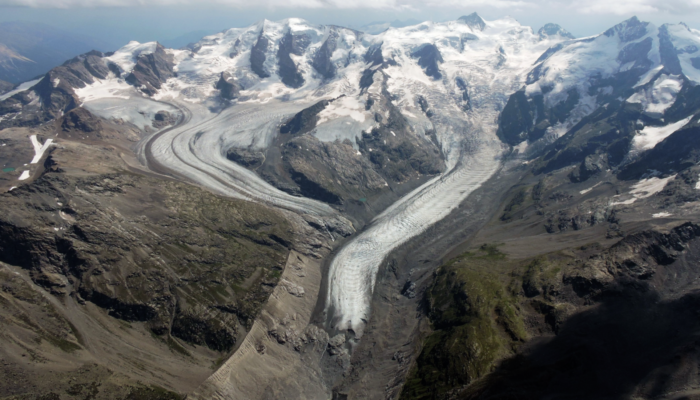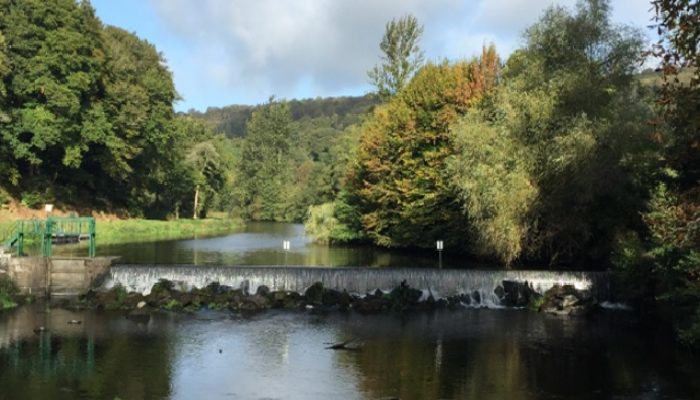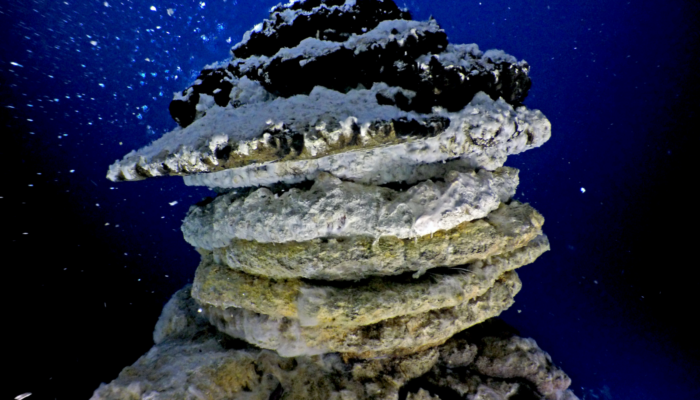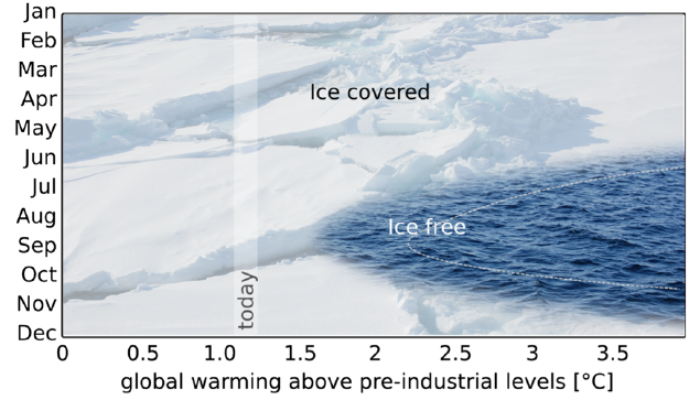In virtually all parts of the world glaciers are retreating, and this is often considered to be one of the clearest signs of global warming (e.g. Leclercq and J Oerlemans, 2011). Glaciers started to shrink in the second half of the 19th century and, apart from some minor interruptions, this development has continued until today. Over the past hundred years glacier melt has made a significant contr ...[Read More]
GeoLog
The benefits of online writing retreats in these weird times
The world shut down due to COVID-19, but PhDs did not. During these unfamiliar times, most PhD students have found themselves working from home trying more than ever to write as much as possible. Over the past few of months, I have led several online writing retreats in collaboration with doctoral research schools and universities in Norway. They seem to have been very successful to help PhD’s wi ...[Read More]
Geodynamics
The Sassy Scientist – Inclusive Mentoring 101 1.0
In anticipation of a remote and highly-sanitised new academic year, with a new cohort of virus-carrying PhDs, Chris wonders: What do you do if students come from different cultural backgrounds where student participation and discussion is not valued? Dear Chris, Easy: you jump three times and clap with joy as you just hit JACKPOT! Do you finally have a student who does not question your great wisd ...[Read More]
Cryospheric Sciences
Exploring the hidden plumbing of glaciers with Cryoegg
Plumbing is something we take for granted: the pipes that bring us water to wash and drink, and the pipes that take the waste water away again. We see the taps and basins in our kitchen and bathroom – but the pipes are hidden away under the floor or inside the walls – and we mostly ignore them until there’s a leak or a blockage! It turns out that glaciers have plumbing too – and ...[Read More]
Hydrological Sciences
Amilcare Porporato (2020 John Dalton Medallist) on agile models for complex systems in the environmental sciences
The EGU 2020 John Dalton Medal of the EGU Division on Hydrological Sciences was awarded to Amilcare Porporato for his contributions to the field of ecohydrology and for developing new theories for the analysis of soil-plant-atmosphere systems across scales. Given the online EGU 2020 GA, the medal lecture is postponed to 2021. In April, Amilcare wrote the post below to the HS community. I’m very ha ...[Read More]
Geodynamics
What controls Victoria microplate rotation in the East African Rift?
This week in News & Views, Anne Glerum, postdoc at GFZ Potsdam, discusses how her numerical models support a lithosphere-driven mechanism for the rotation of large continental microplates, like Victoria in the East African Rift System. The East African Rift System (EARS) is a newly forming divergent boundary between the Nubian and Somalian plates (Fig. 1). The plate boundary system includes se ...[Read More]
GeoLog
Imaggeo On Monday: Under the sea, in the deep, where fire meets water and life emerges III
650 metres below the chilly waves of the North Atlantic Arctic Ocean, equidistant between Norway, Iceland and Greenland, are the Jan Mayen Vent Fields. Home to a series of hydrothermal vents strung along a set of normal faults and fissures that run parallel to the seafloor ridge, this is a strange and fascinating place. Hydrothermal vents are places where tectonic activity provides a way for the h ...[Read More]
Tectonics and Structural Geology
Istanbul: The city across two continents
Istanbul – an economic, cultural, and historic centre. Its unique geography, natural resources and beauty have drawn the attention of not only geoscientists but also poets, merchants, painters, sculptors, architects, kings and emperors for centuries. Throughout its history, the city has witnessed the rise and fall of some of the world’s greatest empires. Owing to its geopolitically important ...[Read More]
Cryospheric Sciences
The future of Arctic sea ice
The illustration above shows a sketch of the evolution of Arctic sea ice for different levels of warming and the different months of the year, based on the simple extrapolation of observations. A new study, in which I was involved, uses the latest available global climate models and shows that the Arctic Ocean could become practically ice free at the end of the summer for the first time before 205 ...[Read More]
Geodynamics
The Sassy Scientist – Egghead Entertainment
Yu-Seok has depleted his streaming service queue, thrown all of the stocked board games off the table, and eagerly seeks new ways to squander his energy after a long workday of couch-surfing underneath his laptop: What should a scientist do as a pastime? Dear Yu-Seok, Where can you find the time? And the energy? Aren’t we all simply working continuously? I go to extremes to even find the energy an ...[Read More]










